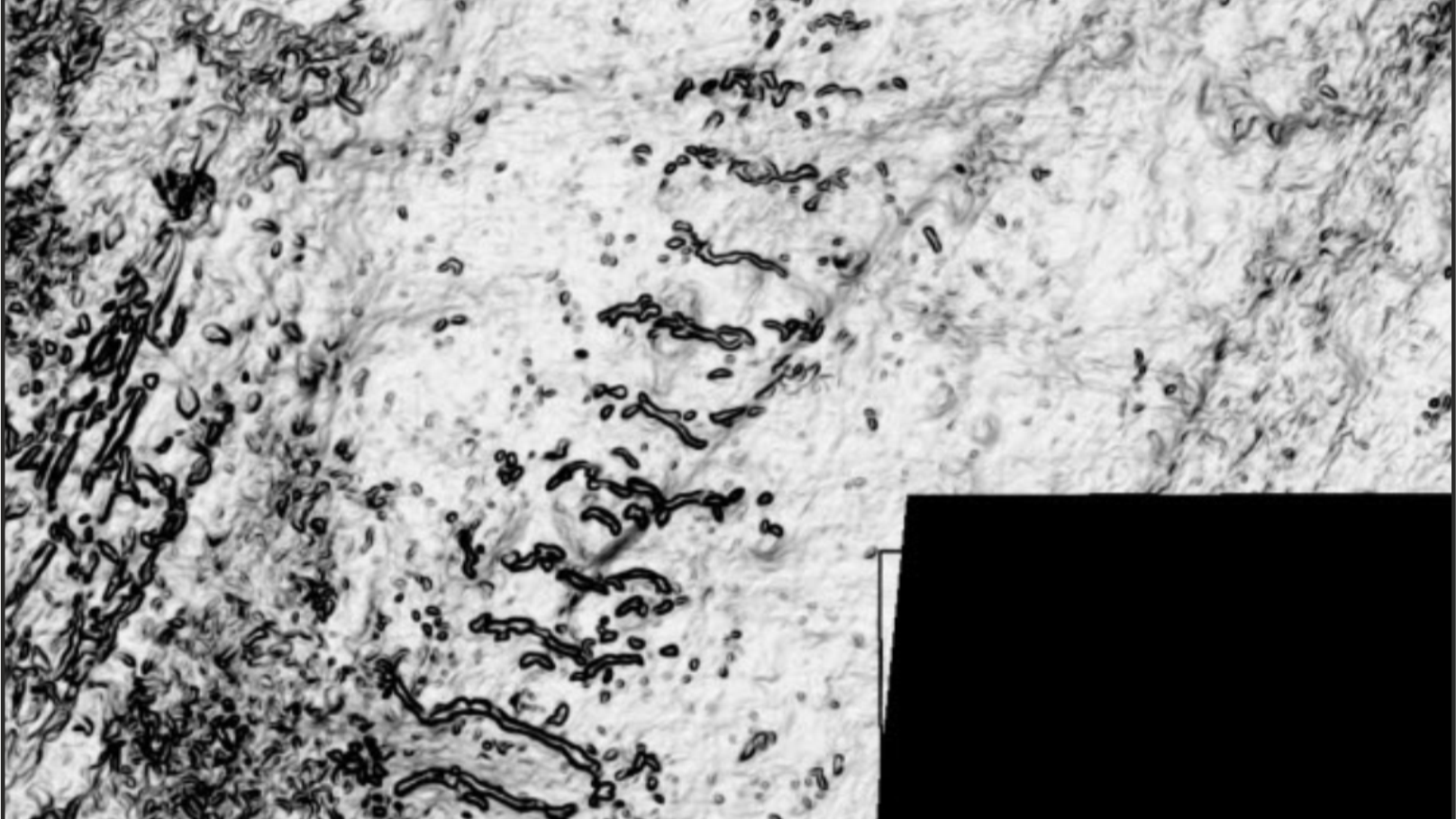America's FDA Warns About Backdoor Found in Chinese Company's Patient Monitors
Thursday America's FDA "raised concerns about cybersecurity vulnerabilities" in patient monitors from China-based medical device company Contec "that could allow unauthorized individuals to access and potentially manipulate those devices," reports Reuters. The patient monitors could be remotely controlled by unauthorized users or may not function as intended, and the network to which these devices are connected could be compromised, the agency warned. The FDA also said that once these devices are connected to the internet, they can collect patient data, including personally identifiable information and protected health information, and can export this data out of the healthcare delivery environment. The agency, however, added that it is currently unaware of any cybersecurity incidents, injuries, or deaths related to these identified cybersecurity vulnerabilities. The FDA's announcement says "The software on the patient monitors includes a backdoor, which may mean that the device or the network to which the device has been connected may have been or could be compromised." And it offers this advice to caregivers and patients: If your health care provider confirms that your device relies on remote monitoring features, unplug the device and stop using it. Talk to your health care provider about finding an alternative patient monitor. If your device does not rely on remote monitoring features, use only the local monitoring features of the patient monitor. This means unplugging the device's ethernet cable and disabling wireless (that is, WiFi or cellular) capabilities, so that patient vital signs are only observed by a caregiver or health care provider in the physical presence of a patient. If you cannot disable the wireless capabilities, unplug the device and stop using it. Talk to your health care provider about finding an alternative patient monitor. A detailed report from CISA describes how a research team "created a simulated network, created a fake patient profile, and connected a blood pressure cuff, SpO2 monitor, and ECG monitor peripherals to the patient monitor. Upon startup, the patient monitor successfully connected to the simulated IP address and immediately began streaming patient data..." to an IP address that hard-coded into the backdoor function. "Sensor data from the patient monitor is also transmitted to the IP address in the same manner. If the routine to connect to the hard-coded IP address and begin transmitting patient data is called, it will automatically initialize the eth0 interface in the same manner as the backdoor. This means that even if networking is not enabled on startup, running this routine will enable networking and thereby enable this functionality Read more of this story at Slashdot.

Read more of this story at Slashdot.









![[DEALS] iScanner App: Lifetime Subscription (79% off) & Other Deals Up To 98% Off – Offers End Soon!](https://www.javacodegeeks.com/wp-content/uploads/2012/12/jcg-logo.jpg)
































































